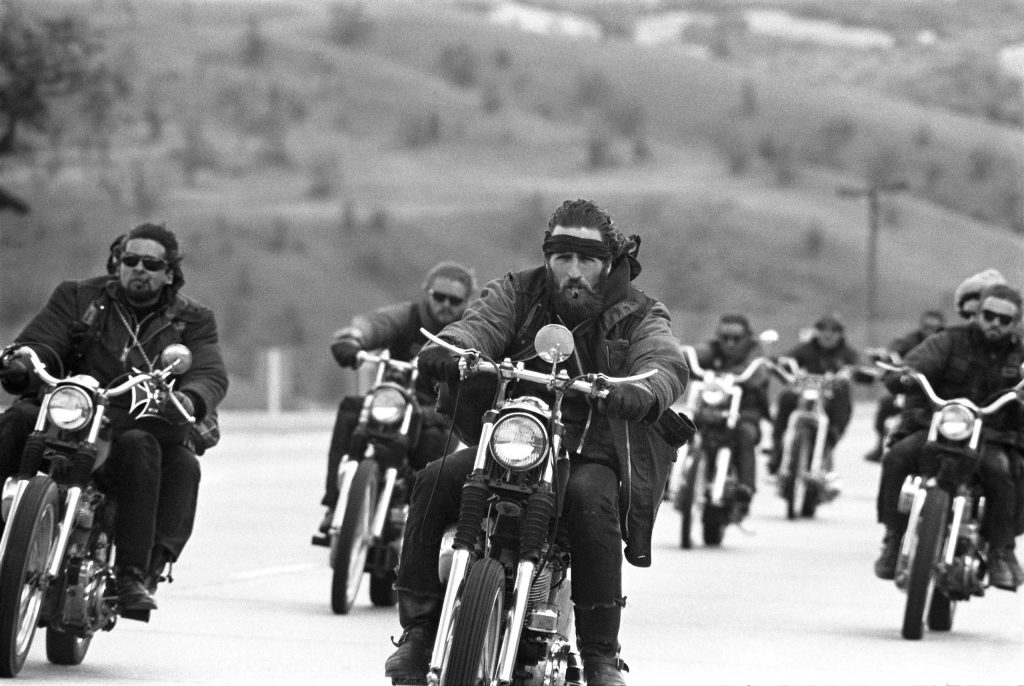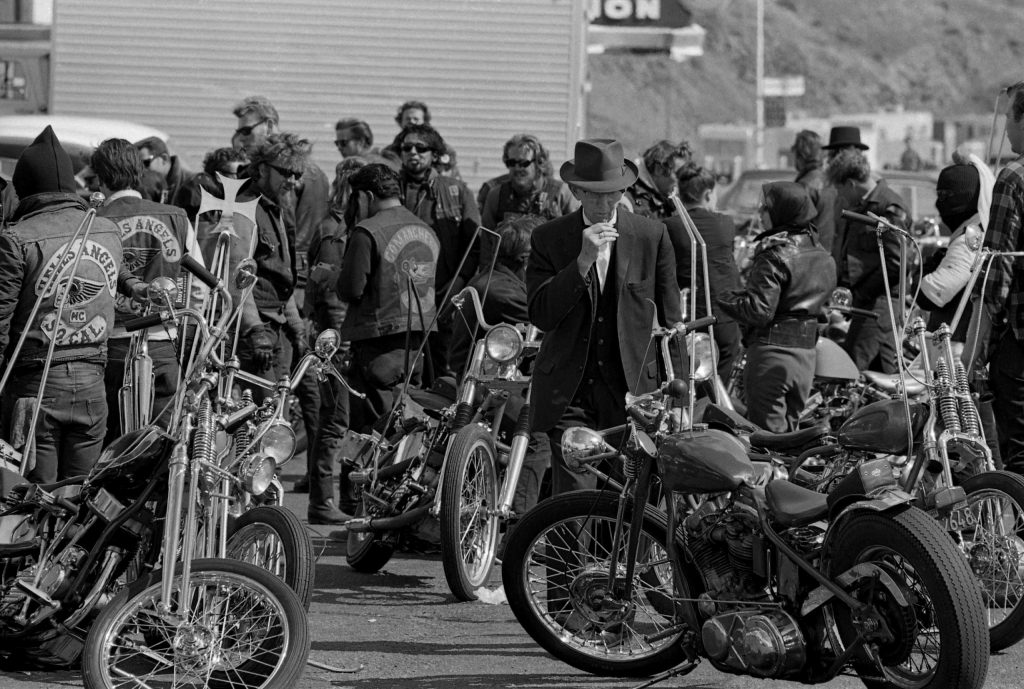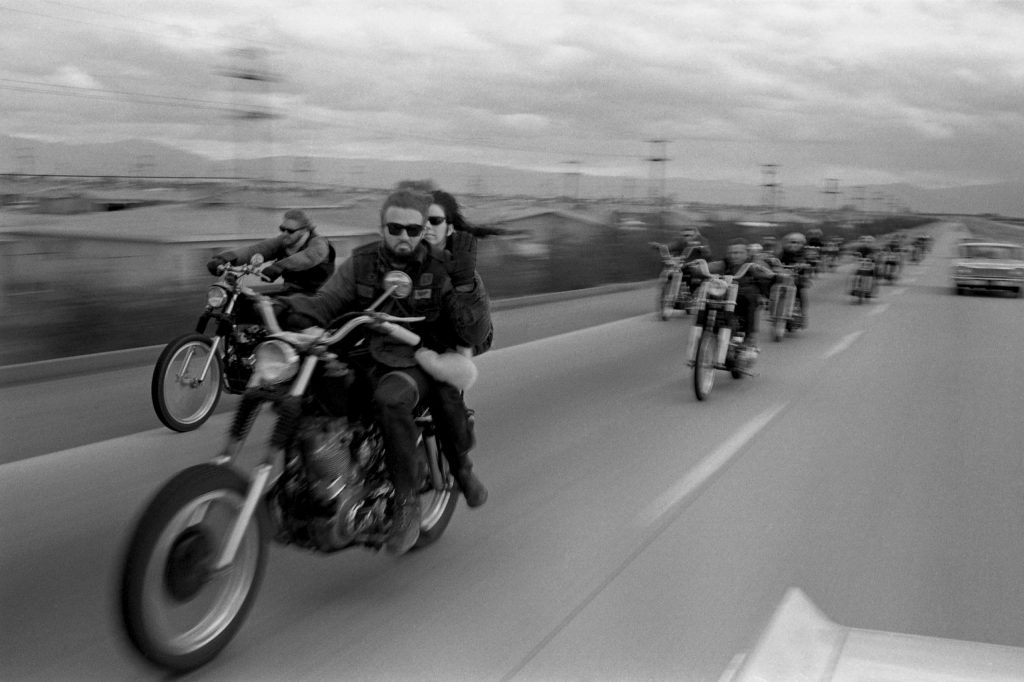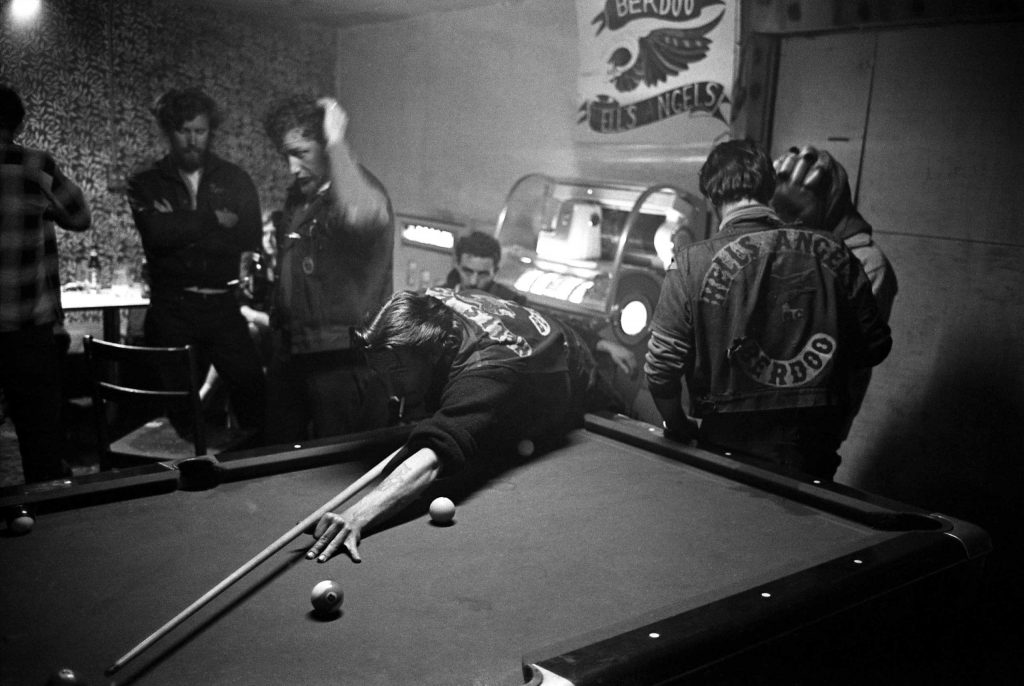The Founding of the Hells Angels Motorcycle Club

On March 17, 1948, the first Hells Angels Motorcycle Club was established in the Fontana/San Bernardino area of the United States. Around the same time, other motorcycle clubs were formed in various parts of California, but none were affiliated with the Hells Angels or with each other. Most of these clubs no longer exist, but the Berdoo charter (San Bernardino) is still active.
During the 1950s, more Hells Angels charters were created. Initially, these charters had no connection with one another, but after a few years, they united and established regular admission criteria. From being exclusively a Californian phenomenon, the club expanded internationally in 1961, with the first charter outside California being adopted in Auckland, New Zealand. Throughout the 1960s, the Hells Angels spread to the East Coast of the USA and later to the Midwest.
On July 30, 1969, the first European Hells Angels charter was accepted in London, England. Today, there are more than 275 charters in Europe alone. By the late 1970s, Australian clubs were admitted, and in 1984, Rio de Janeiro, Brazil, became the first South American charter. In 1993, the Hells Angels reached the African continent with a charter in Johannesburg, South Africa. Eastern Europe received its first Hells Angels charter in the new millennium, and since then, many other countries have adopted the now-famous winged Death Head.
The Hells Angels Motorcycle Club has spread across the globe, from Alaska and Norway in the far north to South Africa and Argentina in the southern hemisphere. The club is present worldwide, from the Caribbean Islands to Turkey, which became the first Muslim country to join the club in 2009.
The admission of clubs from around the world brought changes to the structure of the Hells Angels. The small motorcycle club from Berdoo is now the Mother Charter to the world’s largest motorcycle brotherhood, the HELLS ANGELS MOTORCYCLE CLUB WORLD. Today, Hells Angels MC World has charters in North America, Central America, South America, Europe, Australia, Africa, and Asia.


Hells Angels Motorcycle Club Lineage Clarification
For many years, the Hells Angels Motorcycle Club (HAMC) has been wrongly associated with the Hell’s Angels Bomber B-17 Group from World War II. This myth has been perpetuated by inaccurate reporting from authors and journalists who connected the club to former servicemen seeking adventure post-war. These reports falsely claimed that the Hells Angels were formed by ex-military personnel who were often portrayed as misfits and drunkards unable to adjust to civilian life. Such statements lack a basis in fact and disregard the principles of truthful reporting.
A thorough historical review of the 303rd Bombardment Group, the unit in question, reveals a different story. The 303rd, known for its strict discipline, did not tolerate insubordination or drunken behavior among its members. Any such behavior would have severely compromised their combat effectiveness and would have been swiftly addressed. Documentation, such as “Might in Flight” by Harry D. Gobrect, details the disciplined nature and achievements of the 303rd, including the notable B-17F named “Hells Angels” which completed 48 combat missions before its retirement.
Facts clearly show that the 303rd “Hell’s Angels” was flown by dedicated, motivated airmen. These men were not the undisciplined individuals described in the myths. The unit, stationed in England from 1942 to 1945, flew 364 combat missions, destroyed or damaged 664 enemy aircraft, and lost 210 B-17s in action. The 303rd’s combat achievements are well-documented and have no connection to the formation of the HAMC.
Extensive research confirms that there is no lineage between the HAMC and the 303rd Bombardment Group. The only connection is the shared name “Hells Angels.” The HAMC has trademarked its name and insignia, including the “Death Head” logo, which is aggressively protected.
The name “Hells Angels” was used by several military units during WWII, including other bomber groups, a Marine Corps fighter squadron, and a P-38 Lightning fighter squadron. The only military figure linked to the HAMC’s foundation is Arvid Olson, a former leader of the 3rd Pursuit Squadron “Hells Angels” of the American Volunteer Group (AVG), known as the Flying Tigers. Although Olson suggested the name to the HAMC founders, he never became a member.
The AVG was a secret US military operation authorized by President Franklin D. Roosevelt in 1940 to aid China against Japan. The AVG, equipped with P-40 fighter aircraft, was formed by recruiting personnel from the Army, Navy, and Marine Corps. The AVG’s achievements were remarkable, with a record of 297 confirmed Japanese aircraft destroyed, though some estimates are much higher. The unit was disbanded in 1942, and its surviving members were later recognized for their service.
The connection between the HAMC and the AVG’s “Hells Angels” squadron is limited to Olson’s suggestion of the name. The HAMC’s colors, red on white, and its “Death Head” insignia are influenced by military designs, but the club’s identity and legacy are distinct from any military unit. The Hells Angels Motorcycle Club, founded in Fontana, California, in 1948, has grown into a global brotherhood with a unique history and culture.


